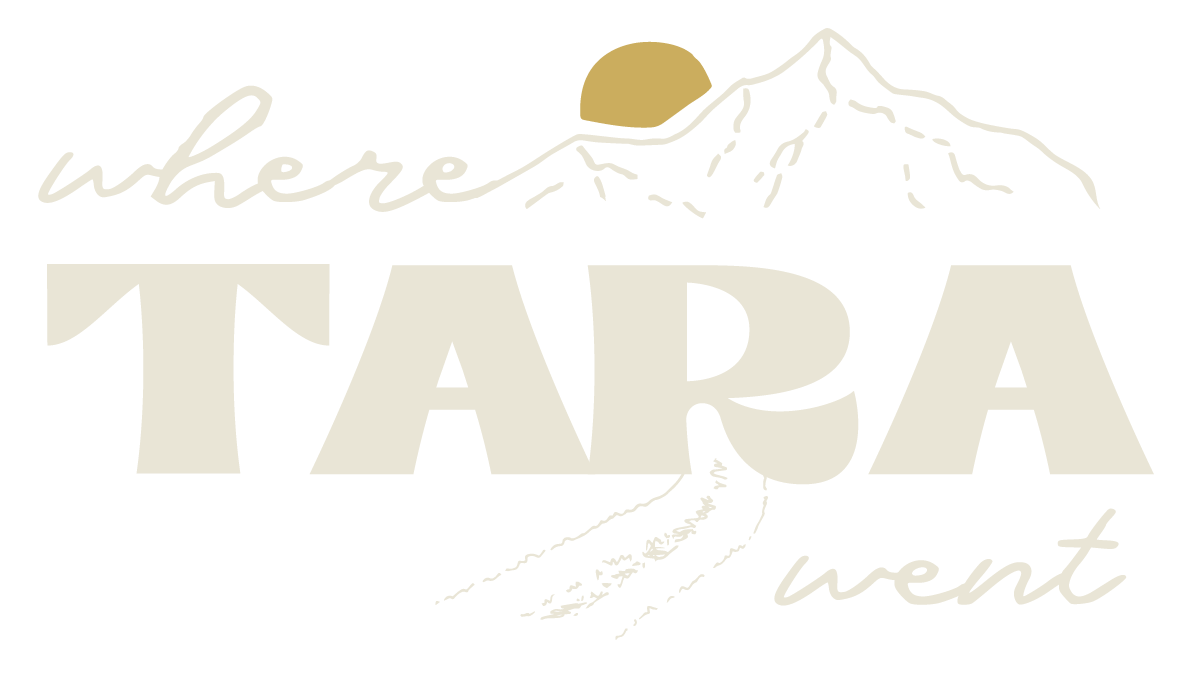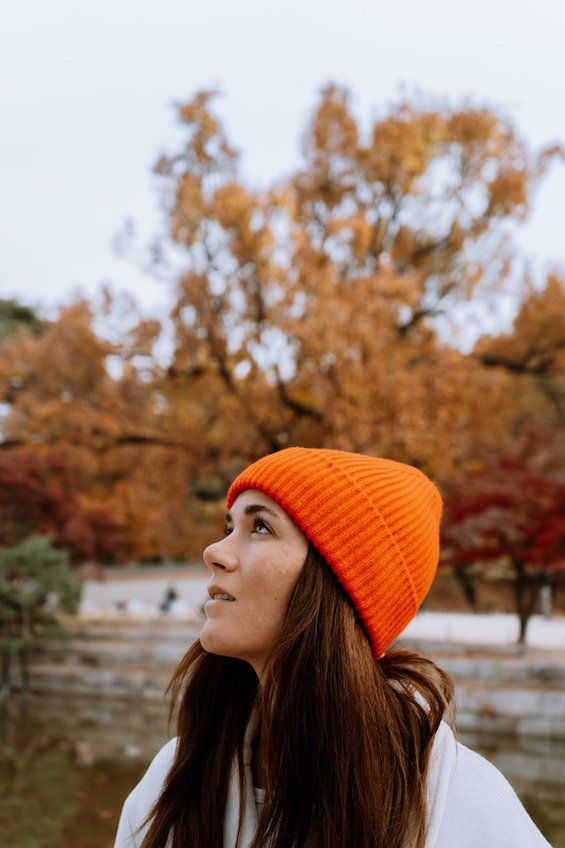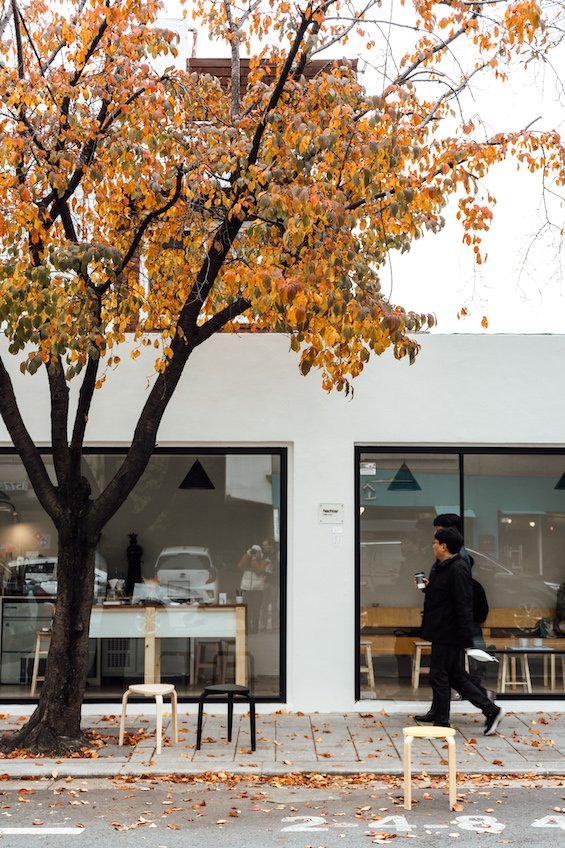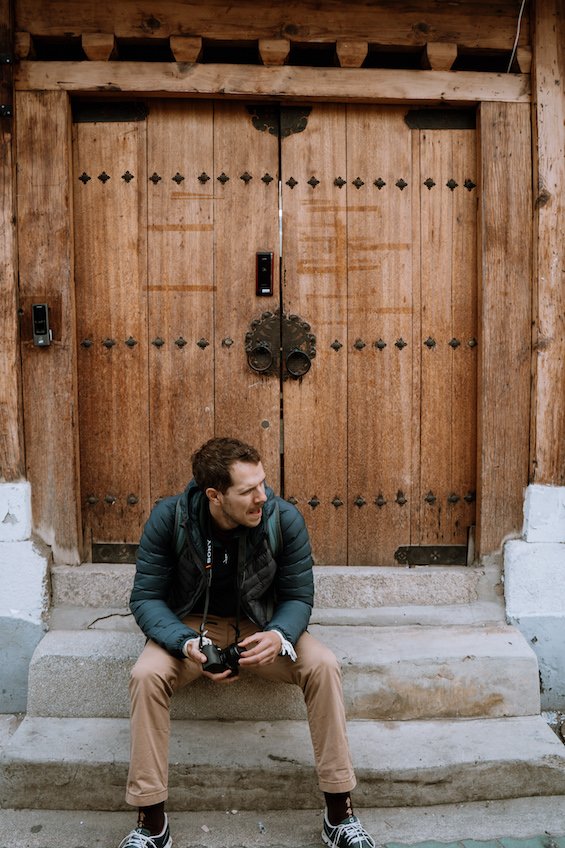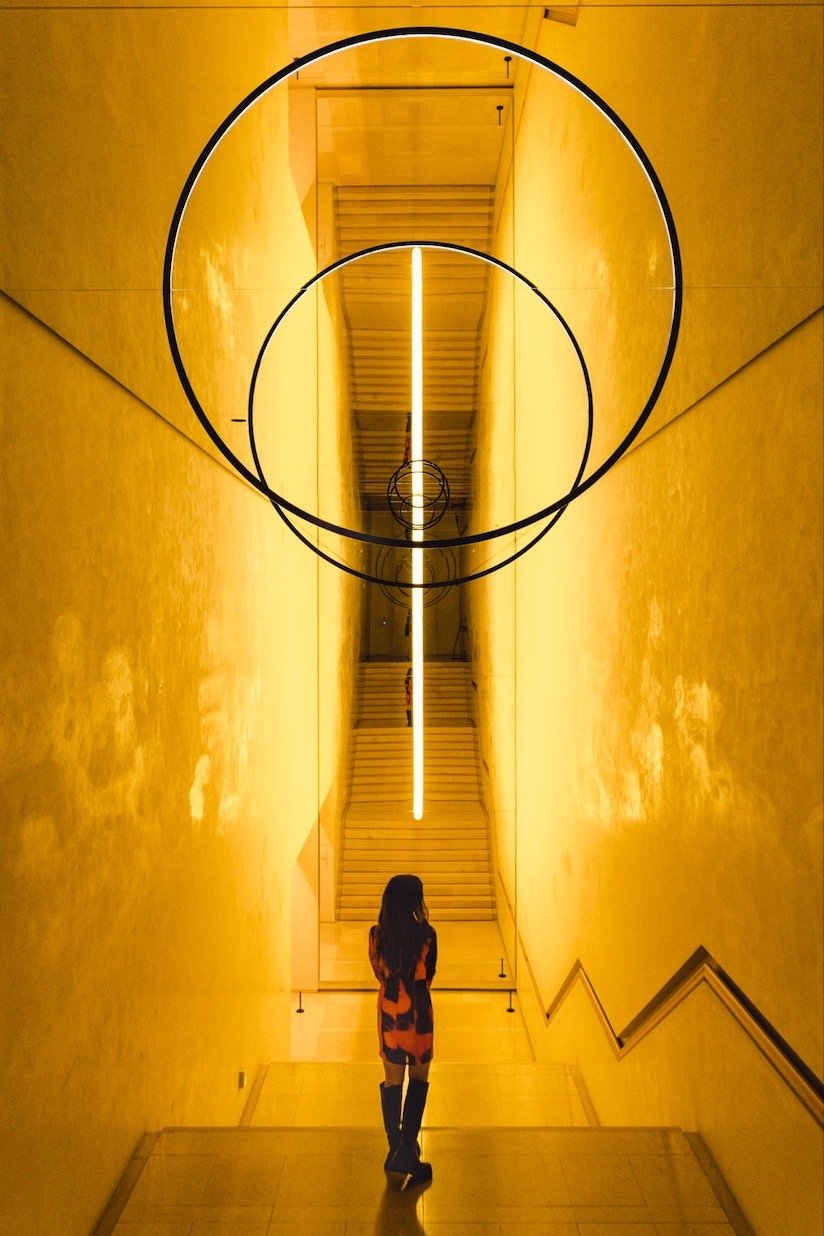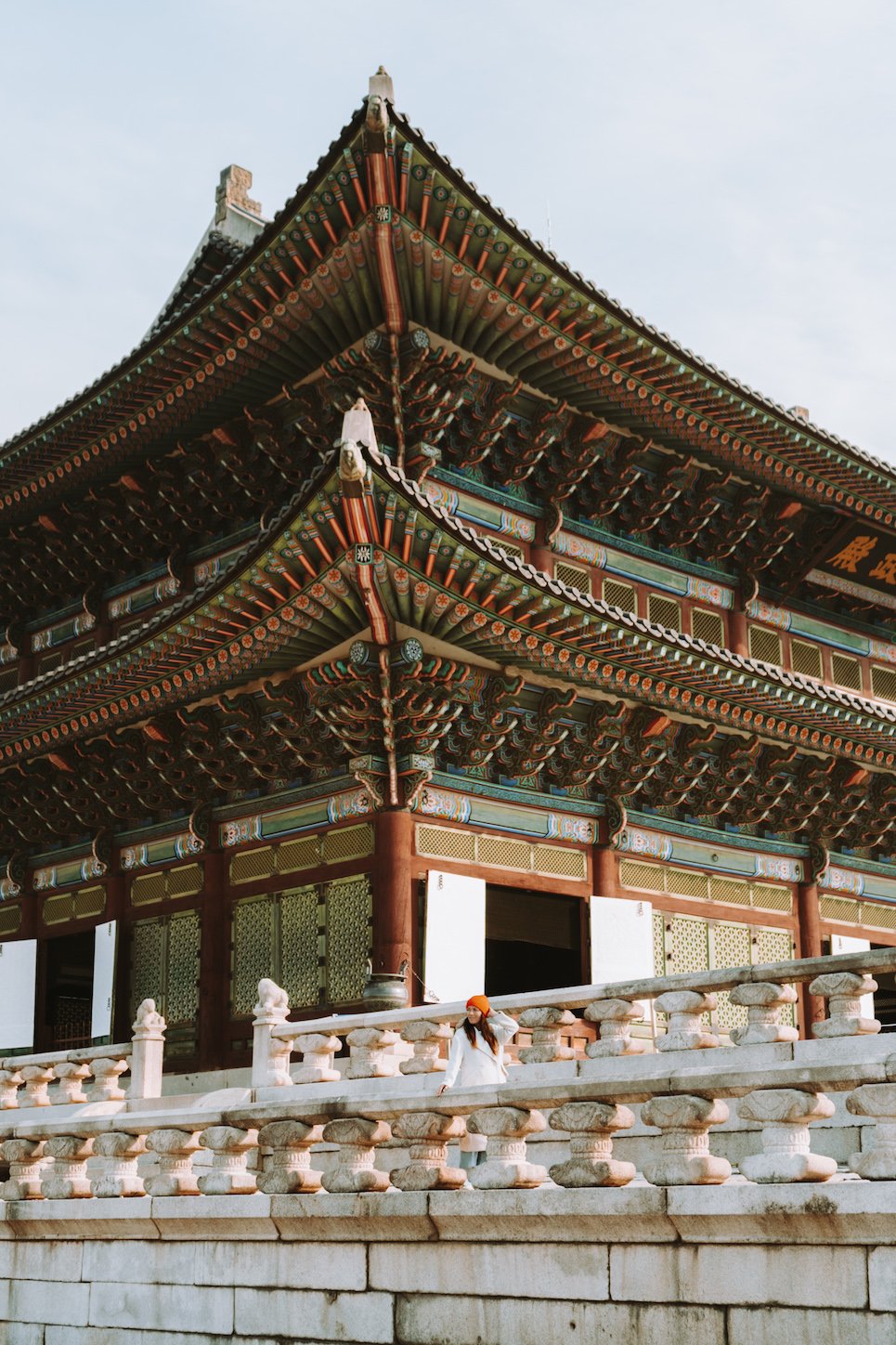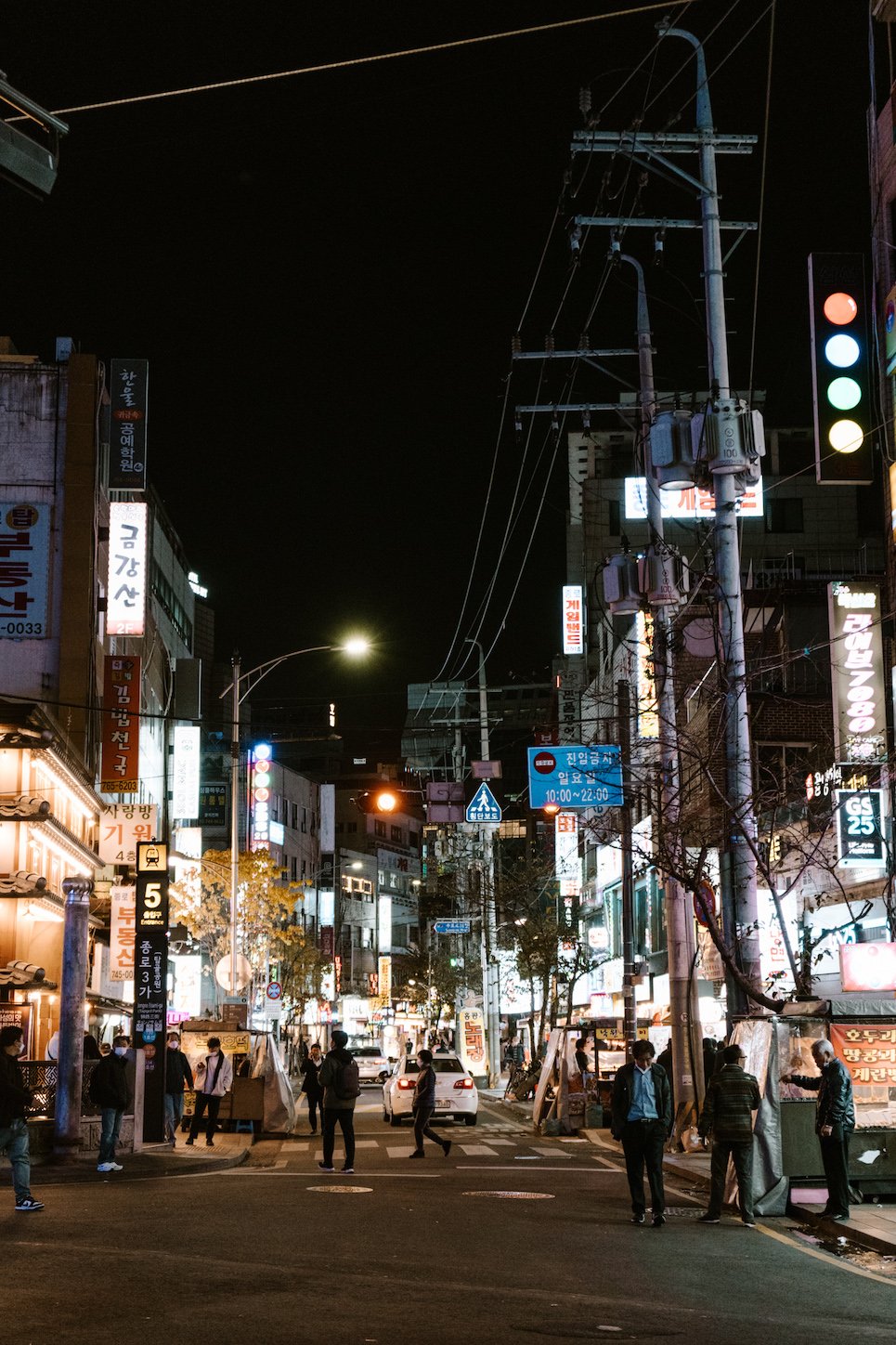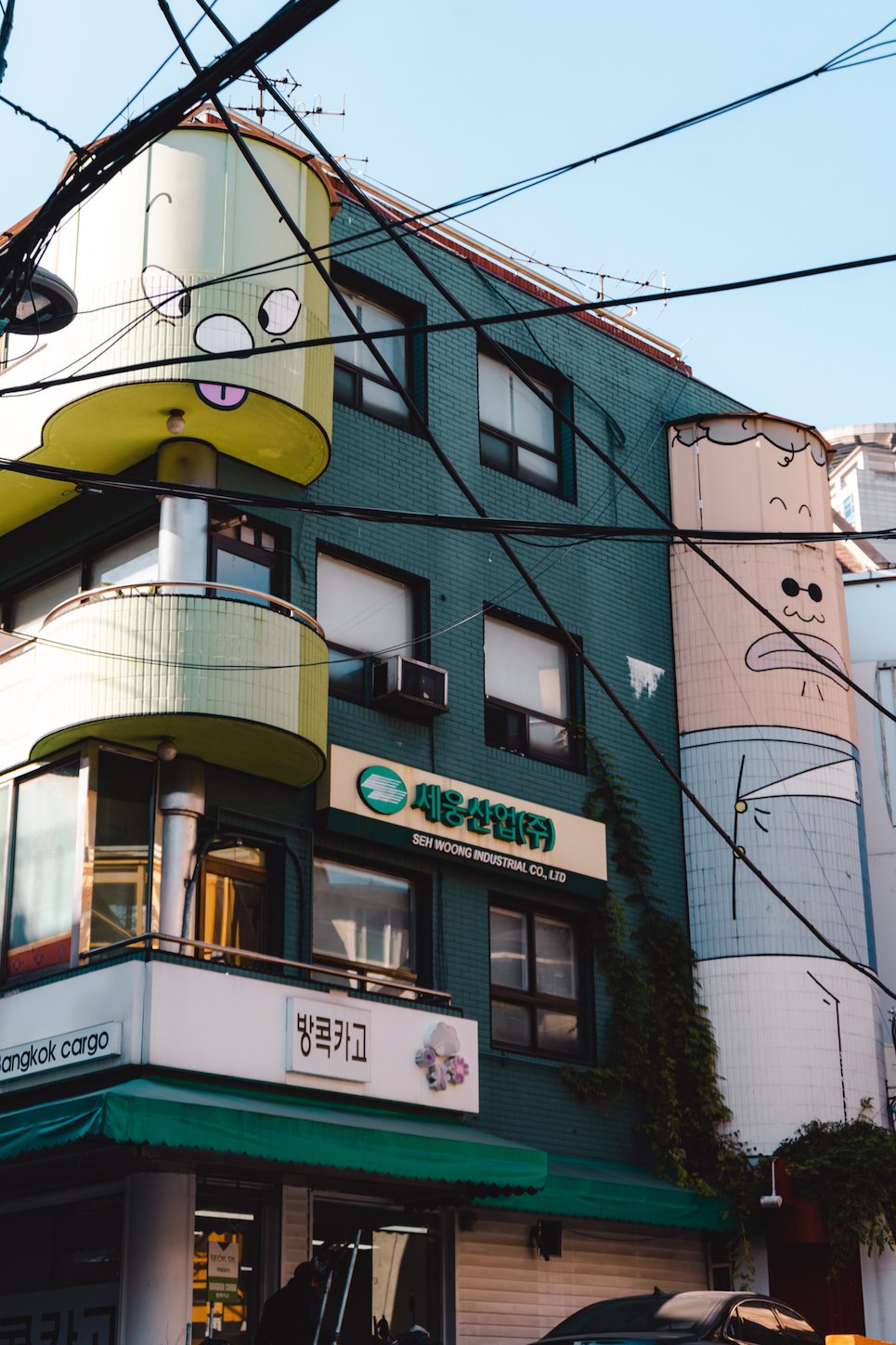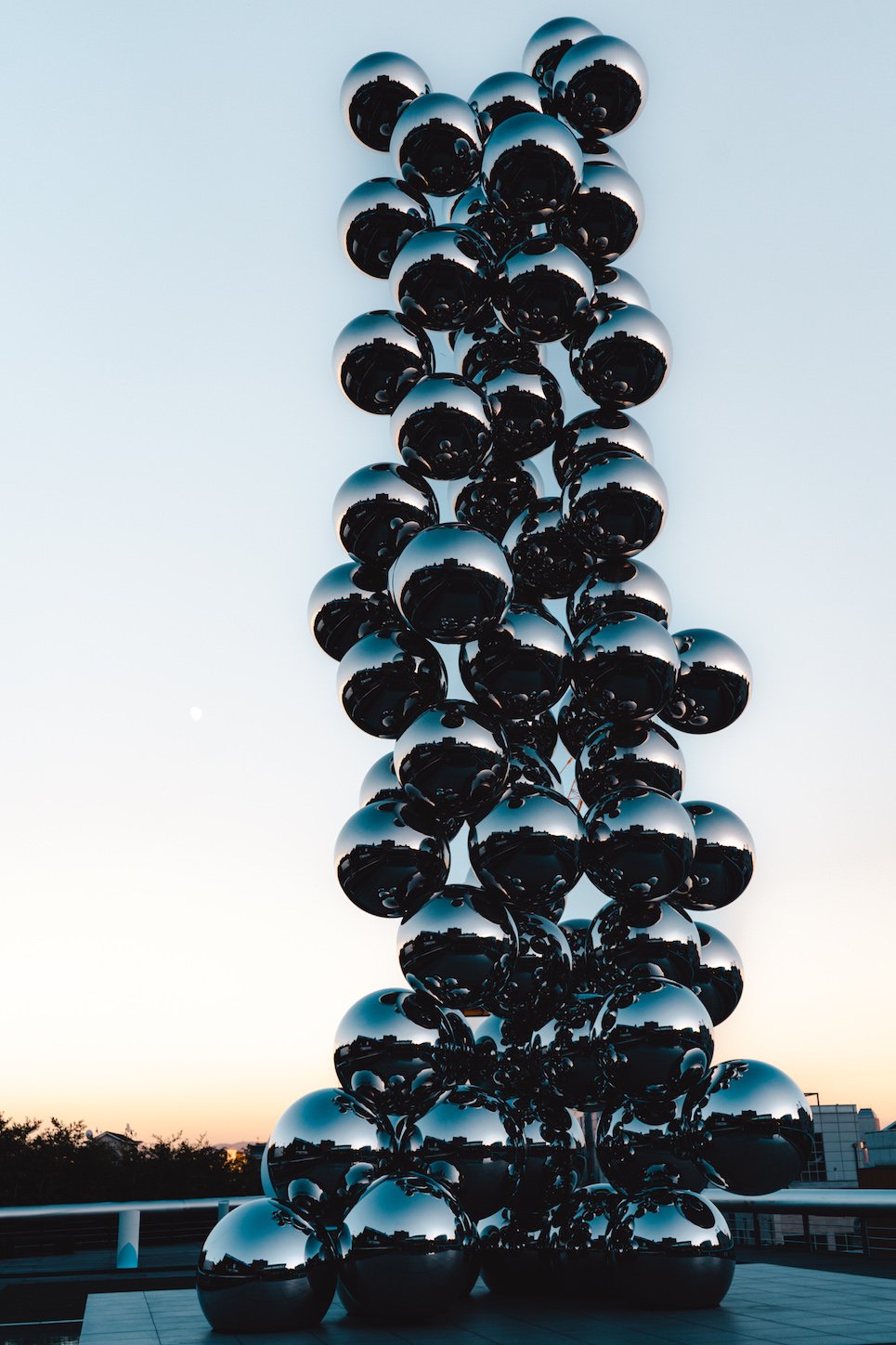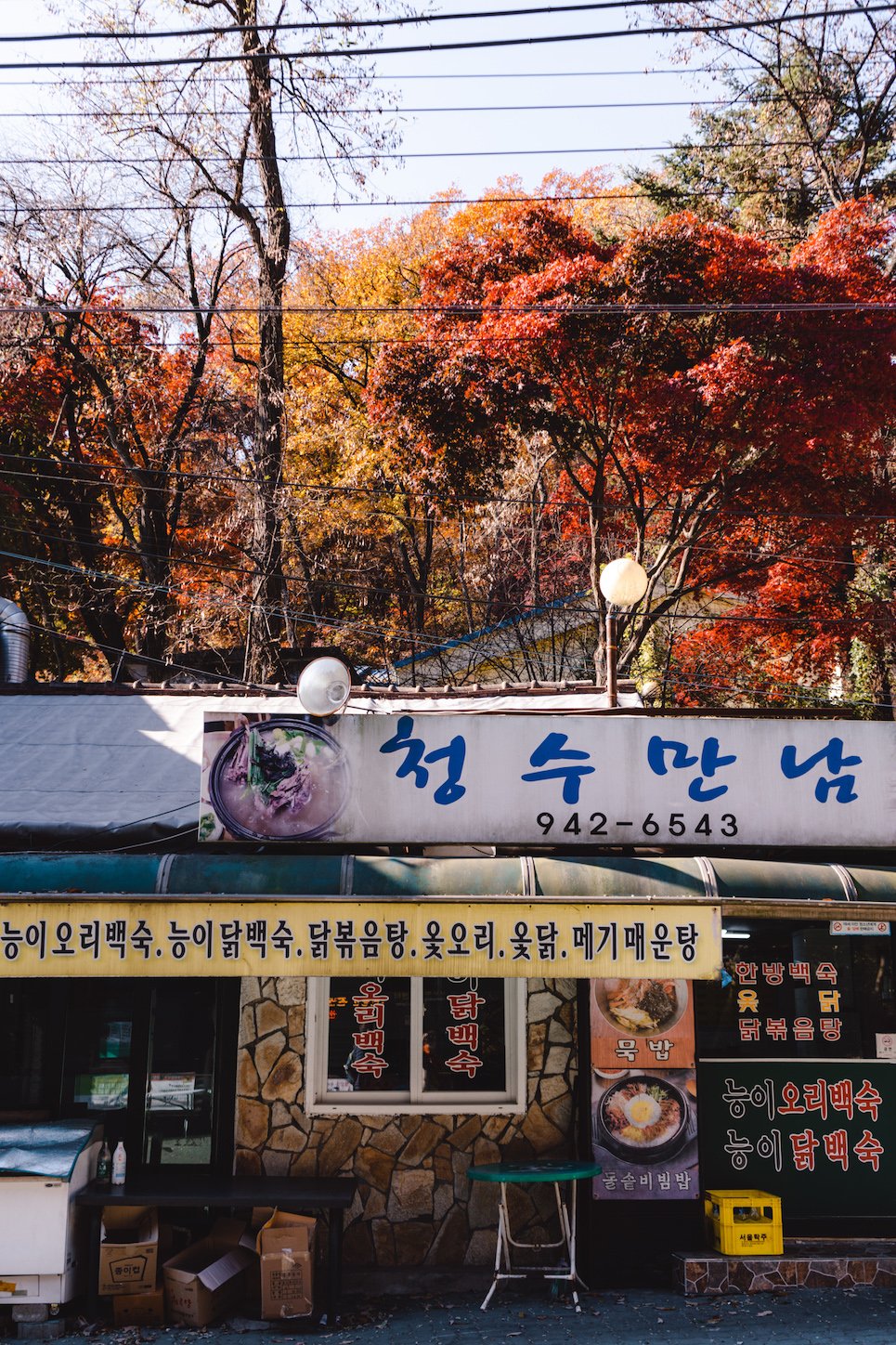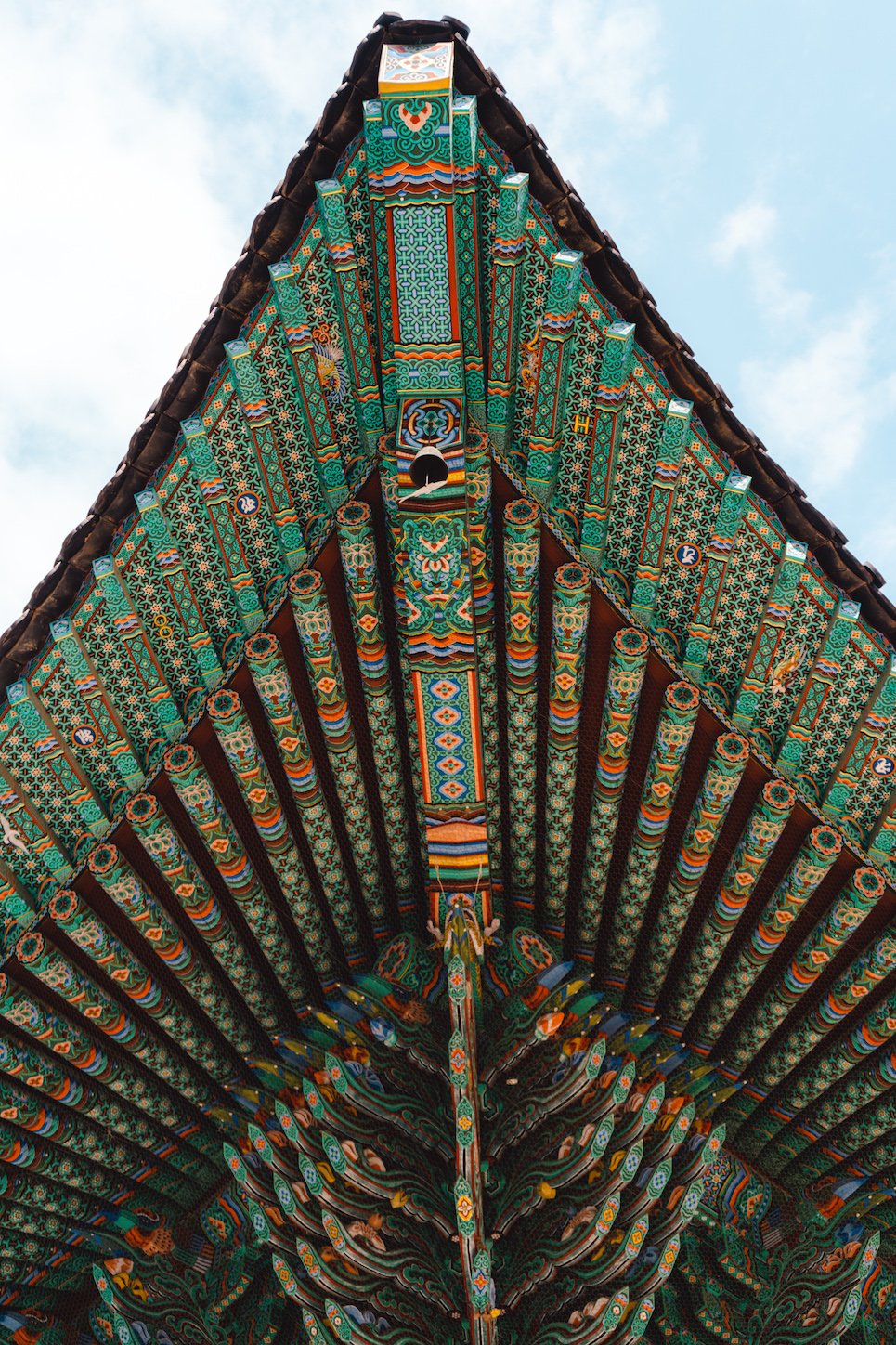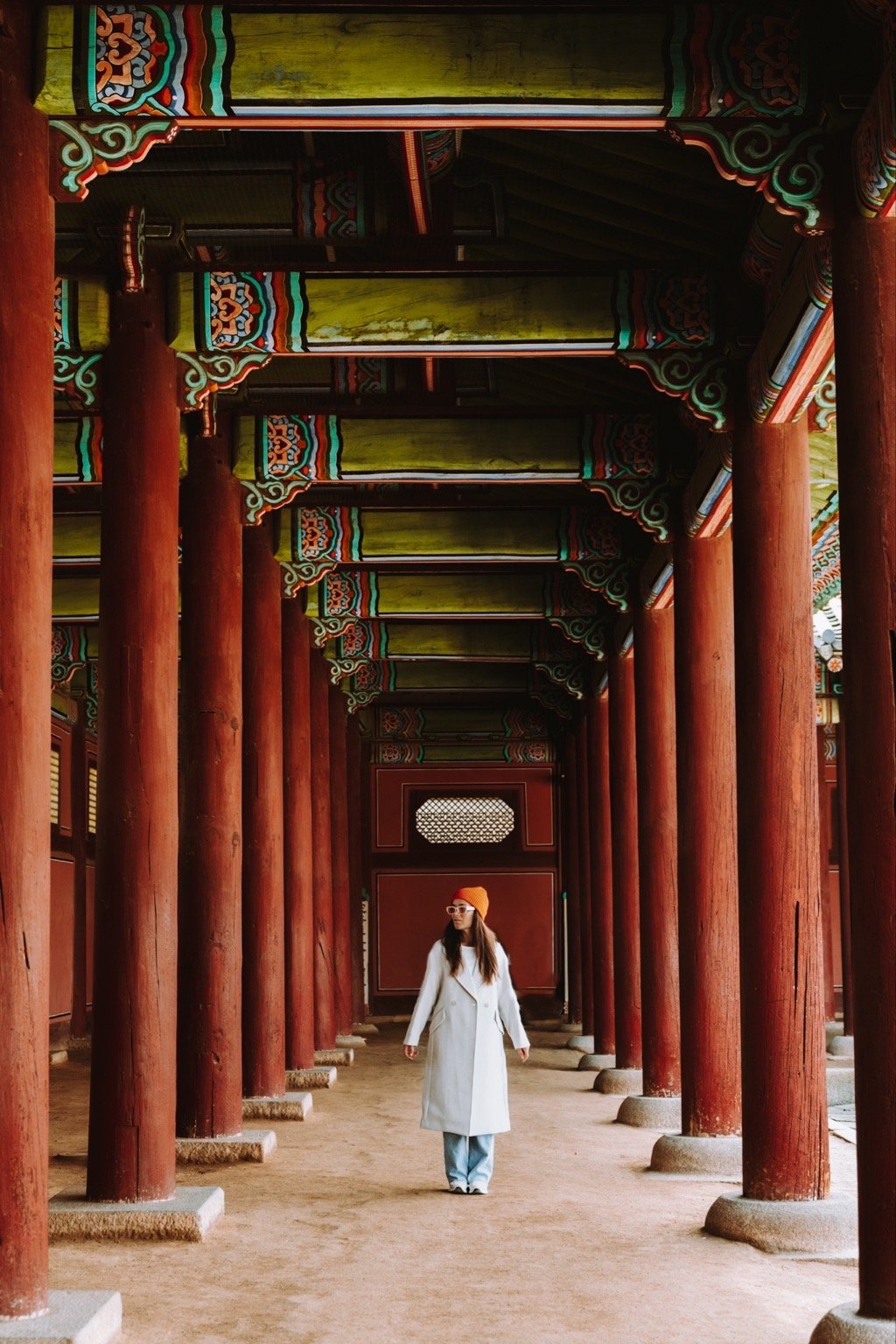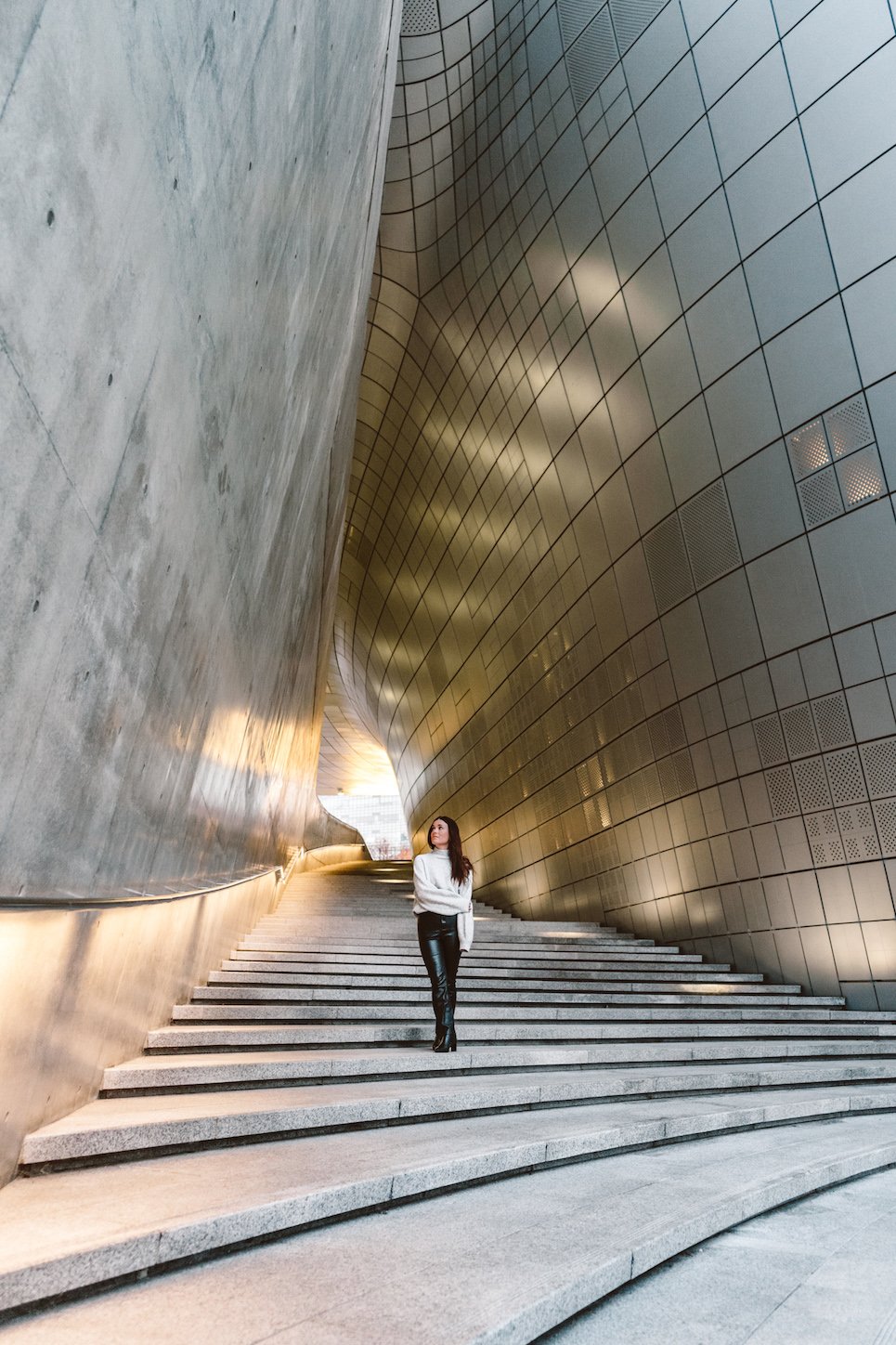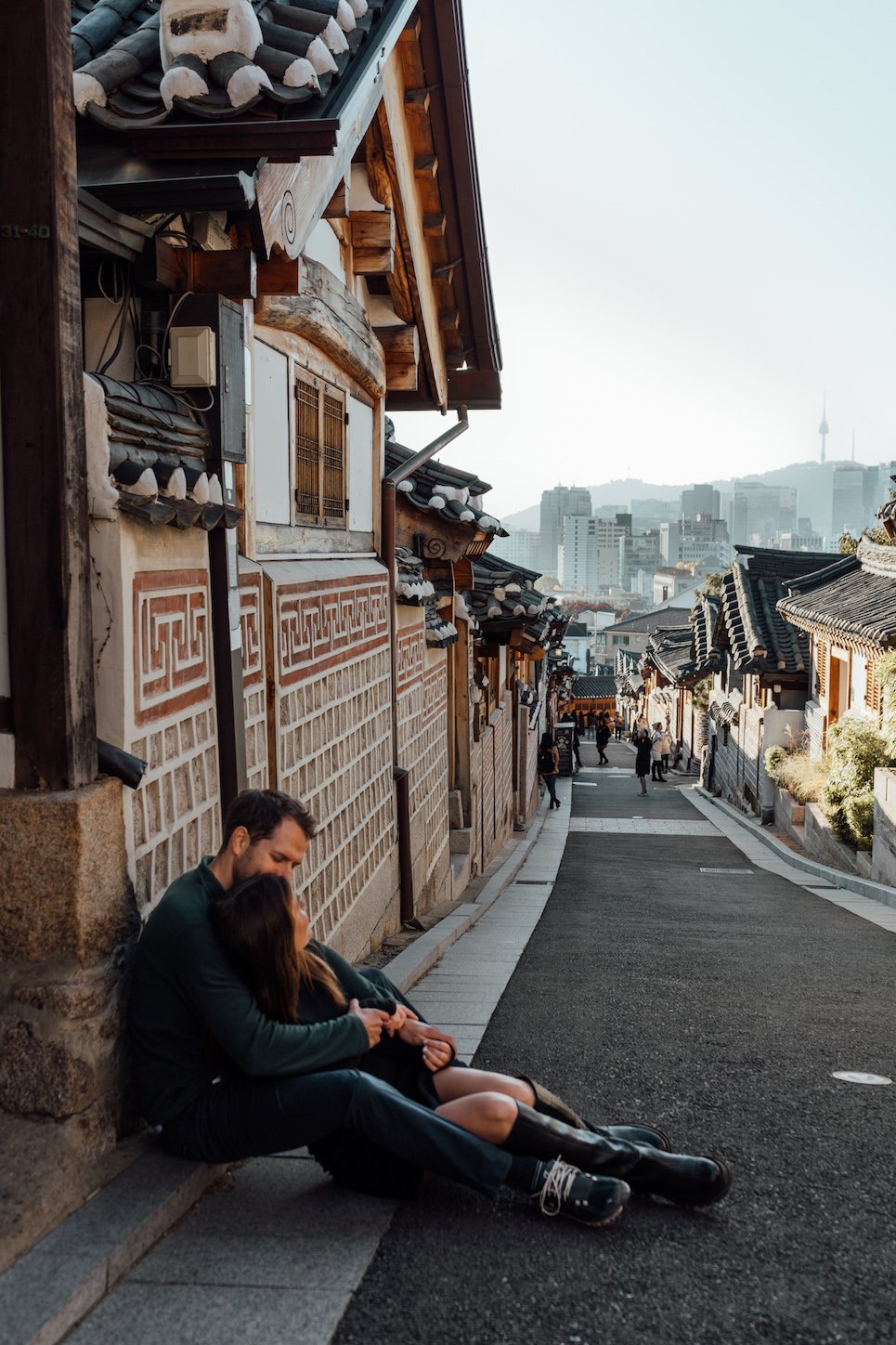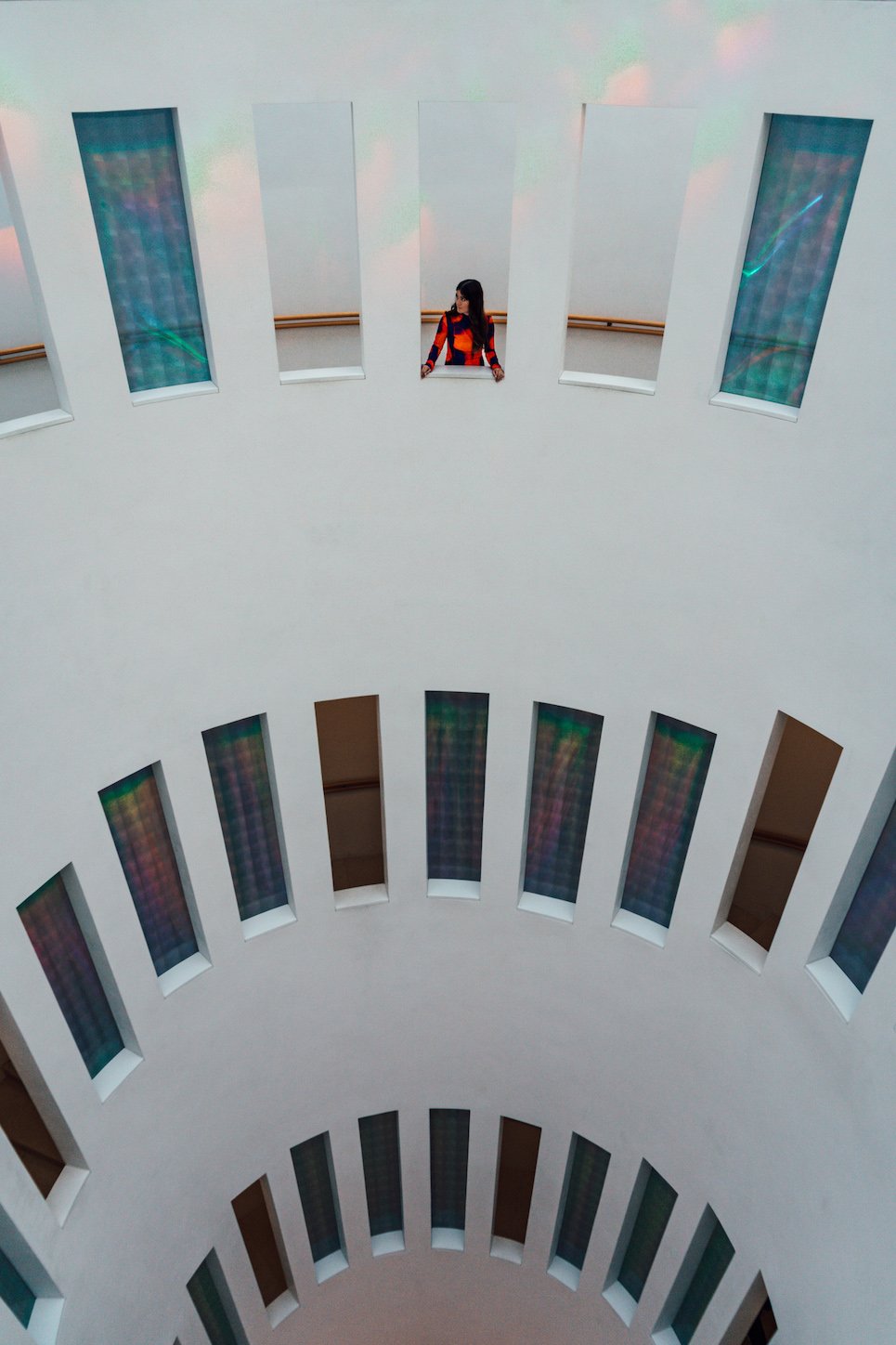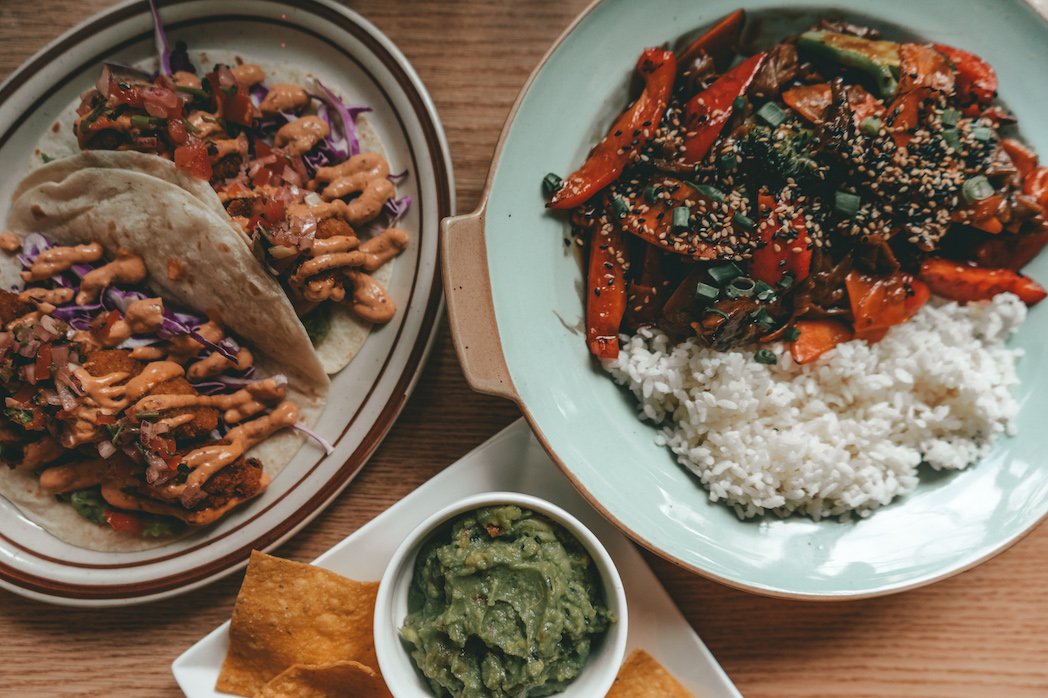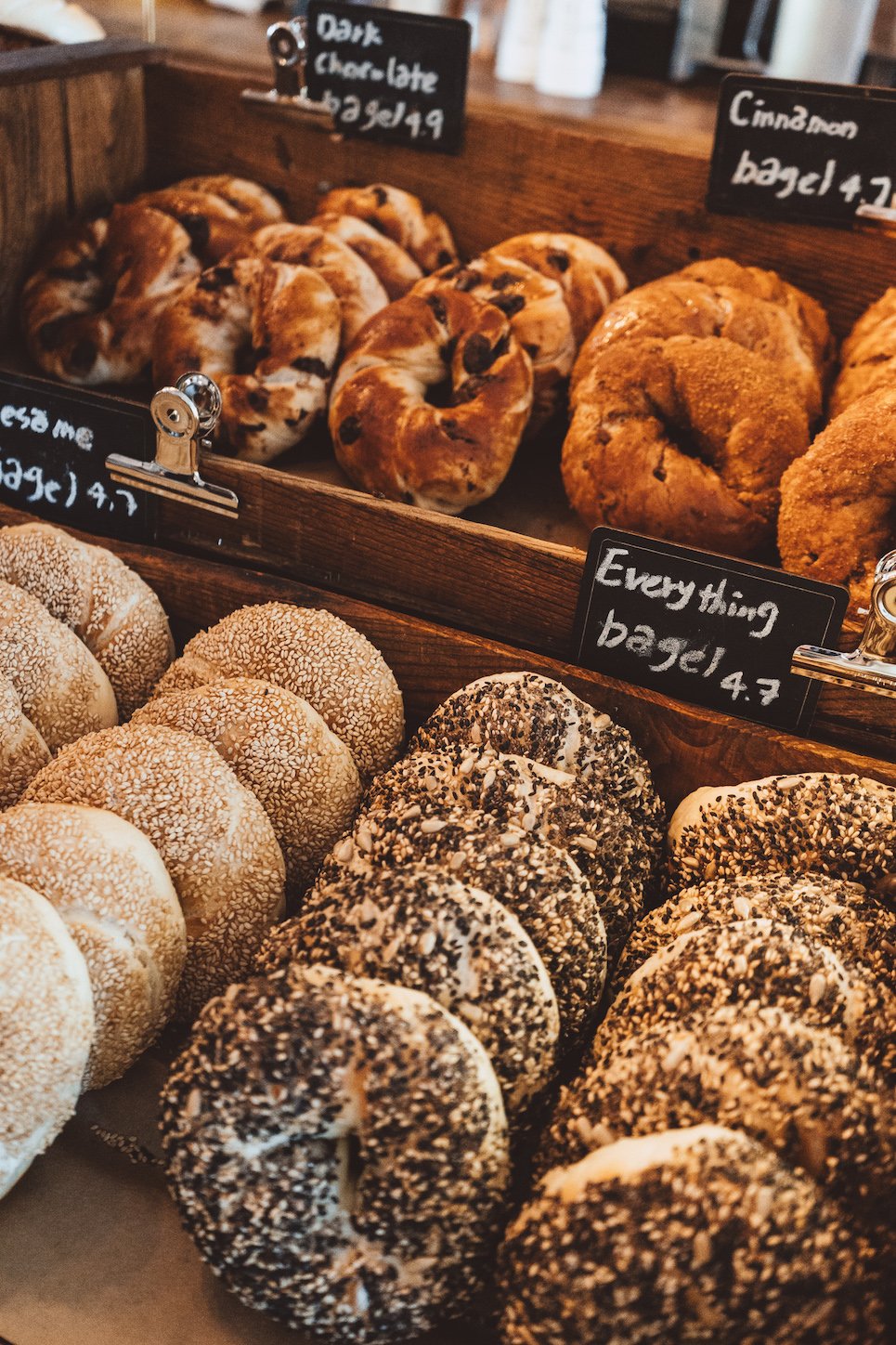The Ultimate 7-Day Itinerary for Seoul, South Korea (2025): How to Spend a Week in Seoul
This guide serves as a suggested one-week itinerary to Seoul, including where to stay, what to eat, and all the best things to see and do in the city.
You could spend a lifetime in a city as sprawling as Seoul, and you still wouldn’t be able to see everything. But, one week in Seoul is enough time to have a thorough introduction to the city’s best palaces, restaurants, museums, and other attractions. Seoul is truly a city of old meeting new, and the large population of foreign expats makes it highly diverse. Seoul’s atmosphere, a mix of contemporary cafés and restaurants blended with its ancient city walls and traditional hanok villages, is one of the things I love most about the South Korean capital. From K-pop performances and sprawling national parks to gorgeous temples and fascinating museums— Seoul offers something for everyone.
Navigating this megacity of 10 million people can seem daunting. Creating an itinerary when there is so much to see and do throughout the city might seem overwhelming at first. But stick with this post and you’ll have an epic 1-week itinerary with everything from food recommendations and activities, to suggestions for where to base yourself during your stay. Read on for the ultimate travel guide to Seoul!
when to visit seoul ↴
Seoul is a city that has something to offer to visitors all year round. However, the summers are insanely humid and the winters are brutally cold. If you don’t like extreme temperatures, I highly recommend visiting in the autumn (foliage) or in the spring (blossoms).
Spring | Spring lasts roughly from March to May. The weather slowly starts to warm up, but it’s still chilly and you’ll absolutely want to pack cold-weather clothes. Despite the lower temperatures, this is a great time to visit Seoul. Cherry blossom season starts at the beginning of April and the city transforms into a stunning floral fairytale.
Summer | From June through August, the. temperatures swell and so does the humidity. Unfortunately, summer is also typhoon season, which can make it a less-than-ideal time to visit Seoul. Though it’s not always raining, you should expect heaving humidity, but if that doesn’t put you off, summer in Seoul is filled with festivals and free fun waiting to be had!
Autumn | I highly, highly recommend visiting Seoul in the autumn. From late September through November, Seoul is a mix of mild temperatures and little rainfall. But the real perk of visiting Seoul during the autumn is getting to witness all the fall foliage.
Winter | Winter is a time of extremely low temperatures, but it’s also a time for lower costs associated with shoulder season travel. You can also expect fewer crowds over the winter season.
how many days to spend in seoul ↴
Before you get into the nitty-gritty of planning your itinerary for Seoul, you need to decide how many days to spend there. How long you spend in Seoul will boil down to how much you want to see, and how quickly you can navigate the city (are you willing to spend dawn ‘til dusk hustling to all the attractions)? It’s also important to consider that most attractions and restaurants don’t even open until midday, making a shorter stay seemingly even shorter. Overall, I recommend not spending less than three days in Seoul, or else you’ll likely miss out on too much.
A week is a good introduction to the city and, if you plan it right, will give you enough time to see a lot of the highlights. The itinerary I outlined in this post is a great starting point and was created to be easily customizable.
quick travel tips for seoul ↴
K-ETA + visas
Korea has changed its entry requirements. Even if you are eligible for visa-free entry into Korea, you could be required to obtain a K-ETA. The K-ETA application is short and easy to fill out online, but it can take 14 business days to be processed. I recommend applying a month in advance to guarantee your application is processed well ahead of your arrival You can apply for your K-ETA here.
internet in Seoul
The internet in Seoul was super fast, and we had no trouble at all finding free WiFi to connect to. However, we opted to purchase a 1-week SIM card prior to our arrival. Luke popped it into his phone and I tethered my phone to his hotspot whenever I really needed it. Having a SIM card made navigating Seoul stress-free, and it meant there was less anxiety about deviating from plans or getting lost. You can order a SIM card to pick up at the airport here.
Getting around Seoul
We mainly used public transport, especially the Metro system to get around Seoul. It is always reliable and fares start at ₩1,400 (roughly $1USD) so it is very cheap and convenient. Taxis are also a relatively inexpensive way to see the city. All taxis are metered and fares are regulated, with regular taxis base rate starting at ₩4,800 (roughly $3.30USD).
T-money card
A T-money card is a must-have for a trip to Seoul. T-money cards are rechargeable cards that pay transportation fares in and around Seoul and other areas of South Korea. You can buy a T-money card at public transportation stations, in vending machines, and at convenience stores, which costs ₩2500 (roughly USD$1.70). They can be used on the subway, buses, and taxis. and can be recharged at the kiosk machines with coins and cash. At the end of your trip, you can get a refund of whatever is left on your T-money card minus a transaction fee of ₩500.
helpful apps to download
Kakao Map | Google Maps doesn’t get regularly updated in South Korea, so Kakao Map is your best bet for navigating
City Mapper | I found that City Mapper was fantastic in helping us utilize public transport to navigate around Seoul
Kakao Taxi | Kakao Taxi is a Korean riding share app that’s a good alternative to Uber
purchasing a Discover Seoul Pass
One way to save money on entry to museums, palaces, and other attractions is to purchase a Discover Seoul Pass. By purchasing the Discover Seoul Pass, you can visit Seoul's biggest and best tourist attractions for free or at a major discount.
Where to Stay in Seoul ↴
On previous trips to Seoul, I’ve stayed in Jongno and Itaewon. I recommend Jongno, Myeongdong, Itaewon, or Hongdae. These four neighbourhoods are well-located for first-timers to Seoul and those looking for an array of experiences.
Jongno-gu | near popular sights including Gyeongbokgung Palace and Gwangjang Market
Myeong-dong | centrally located and in a tourist-friendly part of the city near lots of shopping
Itaewon | an area with a high population of expats that’s home to art galleries, international cuisine, and shopping
Hongdae | a Mecca for the young and hip in Seoul with a reputation for its nightlife, restaurants, and quirky cafés
Here are a couple of recommended places to stay.
budget stays
318 Stay | Nestled in the bustling heart of Myeongdong, 318 Stay offers clean, cozy rooms at wallet-friendly prices. Guests love its proximity to street food stalls and shopping alleys.
H HOSTEL Itaewon | Situated in the lively Itaewon district, this hostel provides comfortable dorms and private rooms. With a rooftop terrace boasting city views, it's a hit among solo travelers.
Mid-Range stays
L7 Hongdae by LOTTE | In the heart of the youthful Hongdae area, L7 offers stylish rooms with modern amenities. Guests appreciate the hotel's chic design and proximity to indie cafes and boutiques.
Hotel Lemong | A cozy, budget-friendly stay with modern amenities in the vibrant Jongno-gu district, perfect for travelers seeking comfort and convenience.
luxury stays
Lotte Hotel Seoul | A sleek and stylish hotel in the heart of Seoul, Lotte Hotel offers stunning city views, top-tier dining, and easy access to shopping and attractions, making it the perfect base for a luxurious stay.
Signiel Seoul | Set in the iconic Lotte World Tower, Signiel Seoul delivers unparalleled luxury with spacious rooms, Michelin-starred dining, and breathtaking city views, offering an unforgettable experience in the sky.
We love using Booking.com to book the best places to stay around the world.
how to get to seoul ↴
Most international passengers will arrive via Incheon International Airport, the city’s largest airport. Incheon International Airport is well-connected to Seoul Station, a metro and train station in the centre of Seoul. You can book the A’REX Airport Express train from Incheon to Seoul Station here.
Gimpo Airport is Seoul’s smallest airport. It’s located just under 1-hour from downtown Seoul. Typically, it’s used for domestic flights, rather than international travel, however, it does service frequent flights to Tokyo. You can get from Gimpo to Seoul using Line 5 of the Seoul metro system, or via the A’REX Airport Express train.
suggested 1-week itinerary for seoul ↴
Day 1: Gyeongbokyung Palace, Jogyesa Temple, Jjimjilbang (traditional Korean spa)+ selfie studio
Enjoy breakfast at London Bagel Museum, then walk to Gyeongbokyung Palace. Plan your trip to the palace around the Royal Guard ceremony. Next, wander to the incredibly colorful Jogyesa Temple, which is free to enter. Unwind at a traditional Korean spa, called a jjimjilbang. Spend your first evening in Seoul strolling through Insadong, stopping for photos in one of the city’s famous selfie studios.
Day 2: Bukchon Hanok village, WAR MEMORIAL OF KOREA, ITAEWON, + Leeum Samsung Museum of Art
Start Day 2 of your week in Seoul bright and early with a visit to the Bukchon Hanok Village. Please be mindful when you visit Bukchon, as this is a residential area where people live and work. While I highly recommend a visit, you’ll need to get there first thing in the morning to avoid the tour group crowds.
Take the subway to the War Memorial of Korea, then walk to Itaewon for international cuisine and art museums. Be sure to visit the Leeum Samsung Museum of Art while you’re in Itaewon. It’s an absolute can’t-miss addition to your itinerary, and the main exhibition area is free!
Day 3: Gwangjang Market + day trip to Bukhansan National Park
Kick off day 3 of your Seoul adventure by grabbing breakfast at Gwangjang Market. Then, jump on the bus or the subway to Bukhansan National Park. The park is dotted with hiking trails and alternative views of the city. It’s easily accessible via public transportation, giving you no excuse not to visit.
Day 4: Gangnam, Common Ground, Seoul Forest, + COEX Shopping Mall
Venture out to Gangnam and spend your fourth day in the southern part of Seoul exploring, shopping, and getting in 20K+ steps.
Day 5: Yongma Land, shopping in Myeong-dong, + Lotte World Tower
Take the subway to Yongma Land, then spend the afternoon shopping in Myeong-dong. Finish the day by visiting Lotte World Tower, the sixth-tallest building in the world.
day 6: DMZ tour, Cheonggyecheon, + DDP
Spend your sixth day in Seoul by taking a day trip to visit the DMZ. You’ll typically return to Seoul by the afternoon, so spend the rest of your day strolling by Cheonggyecheon and end the night at Dongdaemun Design Plaza (DDP).
day 7: namsan park, N SEOUL TOWER, + FOOD MARKETS
After grabbing breakfast at the Gwangjang Market, head to Namsan Park and make your way to the top of N Seoul Tower’s observation deck for views of the city skyline.
things to see + do in seoul ↴
Seoul’s palaces
The Joseon Dynasty (yes, the Joseon K-beauty namesake) was the last kingdom in Korea. Throughout the reign of the Joseon Dynasty, as Seoul became the capital, the royal family built a number of grand palaces across the city. Currently, there are five palaces from this era that are open to the public in Seoul. You can gain free entry to all the palaces throughout Seoul if you rent a complete and correct Hanbok (traditional Korean dress) and wear it appropriately to the palaces.
Gyeongbokgung Palace | This is the main royal palace in Seoul. If there is only one palace you make time for— Gyeongbokyung Palace should be your priority. It’s the largest palace that’s open to the public and is regarded as one of the most beautiful. The grounds are sprawling, with plenty of ponds and gorgeous Ginko trees to keep you occupied for a couple of hours. You can even join a free guided tour in English at Gyeongbokyung daily at 11 AM, 1:30 PM, and 3:30 PM. The tour starts in front of Gyeongbokyung Palace and guests on the tour must wear masks. Plan your visit to Gyeongbokyung Palace around the changing of the Royal Guard ceremony (Sumunjang)! The sumunjang happens daily (except for Tuesdays) at 10 AM + 2 PM at the main gate of Gyeongbokyung.
Changdeokgung Palace | The second royal villa built after Gyeongbokgung. It is arguably the most well-preserved of the five palaces and was marked as a World Cultural Heritage site by UNESCO in 1997. There is also a “Secret Garden” on the palace grounds, but only a limited number of people are admitted every day. There is a free guided tour of Changdeokgung in English at 10:15 AM and 1:15 PM daily.
Deoksugung Palace | Deoksungung Palace is known for its elegant stone walls and its location amongst Western-style buildings. Its setting makes it debatably the most unique palace on this list. Like Gyeongbokgung, Deoksugung Palace has its own sumunjang ceremony at 11:00 AM, 2:00 PM, and 3:30 PM daily, except on Mondays. There is also a free guided tour in English daily at 10:45 AM and 1:30 PM.
Changgyeongung + Changdeokgun Palace | These two palaces are next to one another and share a garden. During the Japanese colonial rule, this place became a park with a zoo and a botanical garden. In 1983, the Korean government decided to remove the zoo, but the botanical garden. It’s only ₩1,000 for entry.
Geyonghuigung Palace | Located southwest of Gyeongbokgung Palace and towards Deoksugung Palace, Gyeonghuigung Palace served as a secondary residence for the king in case of emergencies.
Bukchon Hanok Village
Seoul’s Bukchon Hanok Village is comprised of hundreds of traditional Korean houses, called hanok, that date back to the Joseon dynasty in the 14th century. Hanok were designed with much consideration given to the building’s surroundings. Korean architects traditionally plan hanok design around the seasons and the land they sit on. Bukchon translates to “northern village”, which is fitting given this village lies just north of Jongno and Cheonggyecheon Stream. You can wander the many cobblestone streets connecting lane upon lane of hanok. If you are visiting the Bukchon Hanok Village, please be respectful. This is a residential area and people still live in the hanok in the area. Take photos quietly and support local businesses during your wander— there are a number of boutiques, restaurants, and tea houses in the area.
Insadong
After visiting the Bukchon Hanok Village, I suggest heading to Insadong, as it’s close by. It is a traditional neighbourhood where all the shop names must be in Korean. It’s also a cultural district in Seoul full of cafés, art galleries, and restaurants. While here, stop by the Jogyesa Temple and the Kimchi Museum (aka Museum Kimchikan).
Things to do in Insadong:
Kimchi Museum | named one of the top food museums by CNN, South Koreans eat kimchi with almost every meal and it’s recognized as one of the healthiest dishes in the world
Jogyesa Temple | beautiful, colourful Buddhist temple with free entry to the public
Selfie Studio | photo booths with quirky themes that cost roughly USD $4 and print instantly
Jjimjilbang- Korean spa
Jjimjilbangs are traditional Korean bathhouses that are segregated by sex. When you arrive, you’ll shower off and the rest of your time can be spent between the many saunas, steam rooms, and hot baths of varying temperatures and fragrances. The one thing that you should know if you’re looking to visit a jjimjilbang is that they are typically naked spaces. In my experience, people are very respectful about nudity in Korea, and most locals don’t bat an eye. You’re typically provided loose “pajama” style clothes, not unlike hospital scrubs. You can treat yourself to a massage or enjoy an exfoliating body scrub.
Namsan Park + N Seoul Tower
Namsan Park is the largest park in Seoul and it attracts over 20,000 people (you read that right) per day. This is the ultimate destination in Seoul for spotting cherry blossoms if you happen to be visiting in the spring. Most visitors take the cable car up to the top, which is the most convenient way. You can also walk to the top of the mountain if you’re up for a hike, and if you continue wandering, you’ll end up at N Seoul Tower. The tower has some of the best and most dramatic views of the Seoul skyline. It’s a true landmark of the city. You can grab a ticket to visit the observation deck of N Seoul Tower here.
Myeongdong
Myeongdong is known as the shopping district of Seoul and is located at the foot of Mount Namsan. This area of Seoul is filled with every K-beauty brand imaginable, as well as a variety of luxury department stores, clothing chains, and local eateries. You’ll find Korean street food carts throughout Myeongdong opening in the late afternoons, but be sure to bring cash if you want to grab a snack.
Things to do in Myeongdong:
Namdaemun Market | a local market selling nearly everything you can imagine
Myeongdong Cathedral | the national cathedral of the Roman Catholic Archdiocese of Seoul
K-beauty shopping | face masks, body scrubs, and the latest in Korean beauty trends can be purchased throughout the area
Hongdae
Known for its nightlife, shopping, and funky street art, Hongdae is the perfect place to spend an afternoon.
Things to do in Hongdae:
Hongdae free market | every Saturday from March to November featuring an array of local artists’ work
Trick Eye Museum | uses visual trickery to draw you into odd art as the subject
NANTA Theatre | a famous, non-verbal performing group that features dramatic expressions by talented actors
DMZ
In my opinion, no trip to South Korea is complete without a visit to the DMZ. Located roughly 60 kilometers north of Seoul, the DMZ can only be visited with a certified guided tour. DMZ trips only run from Tuesday to Friday, and they need to be booked well ahead of time, as tours book up fast. I booked a tour to the DMZ via Klook The tour included transport to and from Seoul, and while I would have loved to have visited the Joint Security Area (JSA), the area was closed to tourists during the pandemic and as of January 2023, it hasn’t been reopened.
Bukhansan National Park
A beautiful benefit of a visit to Seoul is that you’re surrounded by nature. There are plenty of parks throughout the city, but there is also a national park just outside the city that’s perfect for a little day escape. I suggest hiking around the park and bringing a picnic to make the most of your day.
Bukhansan National Park has 10 different entrances. However, the best ways to get there are via public transportation utilizing either the 143 bus or the Dobongson Metro Station on Lines 1 or 7 and take exit #1.
Gangnam
Gangnam became a major pop culture reference thanks to Psy’s song Gangnam Style. This neighborhood sits on the southern bank of the Han River. Gangnam is where a lot of very wealthy South Koreans live, and it’s also a major shopping area.
Things to do in (and around) Gangnam:
Bongeunsa Buddhist Temple | a more secluded and quieter atmosphere than Jogyesa Temple in Insadong
COEX Shopping Mall | home of the Insta-famous Starfield Library and every chain store you can imagine
Common Ground | a complex constructed of old shipping containers that contain eateries and boutique shopping
Seoul Forest | a sprawling public park, great for peeping autumn foliage
Dongdaemun Design Plaza (DDP)
The Dongdaemun Design Plaza was designed by Zaha Hadid, who is known for her use of curves in architectural design. The building’s construction began in 2009 and officially opened to the public in 2014. The DDP features retail stores and exhibition spaces. This is a great place to visit in the evening when it’s illuminated. The DDP is one of the main reasons that Seoul was designated a World Design Capital.
Lotte World Tower
The Lotte World Tower is a giant observation deck looming 555 meters above the city. It’s a 123-story skyscraper located in Sincheon-dong, making it the tallest building in South Korea and the sixth tallest in the world. It only opened to the public in 2017, making it a relatively recent addition to Seoul. Book your tickets for Lotte World Tower here.
famous Seoul markets
I sometimes feel like Seoul doesn’t get nearly the credit it deserves in terms of market culture. But, you’d be making a mistake if you missed Seoul’s markets. Here are a few of my favorites that you should absolutely add to your itinerary!
Gwangjang Market 광장 시장| street food featured on Netflix’s “Street Food Asia” series
Myeongdong Night Market 명동 시장 | go for clothes, cosmetics, and eclectic Korean street dishes
Banghak-dong Dokkaebi Market 방학동 도깨비 시장 | opened in 1982 as a black market for unlicensed sellers
Dongdaemun Night Market 동대문 시장 | a collective of several malls that sell everything under the sun from clothing to knock-off fashion
Hongdae Night Market on Weekends 홍대 시장 | go here for Korean street food and snacks
Namdaemun Night Market 남대문 시장 | the oldest and largest market in South Korea, open 24 hours per day
Noryangjin Fish Market 노량진 수산물도매 시장 | Seoul is a port city and this market is a hub for fresh seafood
K-beauty treatments
If you’re looking to pamper yourself, then Seoul is the right place to be. K-beauty treatments vary widely, as do their prices. Whether you’re interested in a skin, hair, or nail treatment, I guarantee you’ll find the right beauty outing for you. Here are some of my personal recommendations:
Vic’s Lab | Ever wondered what colors look best for someone with your coloring? Enter Vic’s Lab, a beauty salon that offers unique color theory sessions to help you determine the hues that suit you best.
Eco Jardin | You’ve likely seen this salon’s viral scalp treatment. It lasts roughly 90 minutes and includes an intensive hair wash after a scan of your scalp to deep dive into your hair health.
V and S Clinic | V and S Clinic is another TikTok fan favorite, known for its hydrating aqua facial that yields glowing skin results.
where to eat in seoul ↴
There is no shortage of delicious food in Seoul. Below are some of the best spots to eat in Seoul, including my personal favorites. You can read my full food guide here.
Plant | delicious vegan and vegetarian food with two locations in Itaewon and Yeonnam
London Bagel Museum | one of the few places we found in Seoul that served western breakfast and opened early
Onion | multiple locations throughout Seoul serving coffee and specialty pastries
Hwangsaengga Kalguksu | specializes in sagol kalguksu, a hearty bowl of noodles in thick beef bone broth with pumpkin, mushrooms, and green onions for garnish
Egg Drop | viral gourmet egg sandwiches with multiple locations
Gwangjang Market | traditional street food market featured on Netflix’s Street Food: Asia
Gaeseong Mandu Koong | an affordable Michelin-star restaurant that specializes in mandu (Korean dumplings)
Kyochon Chicken Hongdae | a famous Korean chain restaurant serving Korean fried chicken flavored with garlic soy, honey, and spicy red pepper.
Nuldam | vegan café is home to the viral “letter latte”
Charles H | named one of Asia’s 50 Best Bars list in 2022, a speakeasy hidden in the lower level of the Four Seasons Hotel Seoul.
seoul adventures on film ↴
map ↴
Find everything you need for the perfect 7-day itinerary in Seoul, South Korea on the map below.
